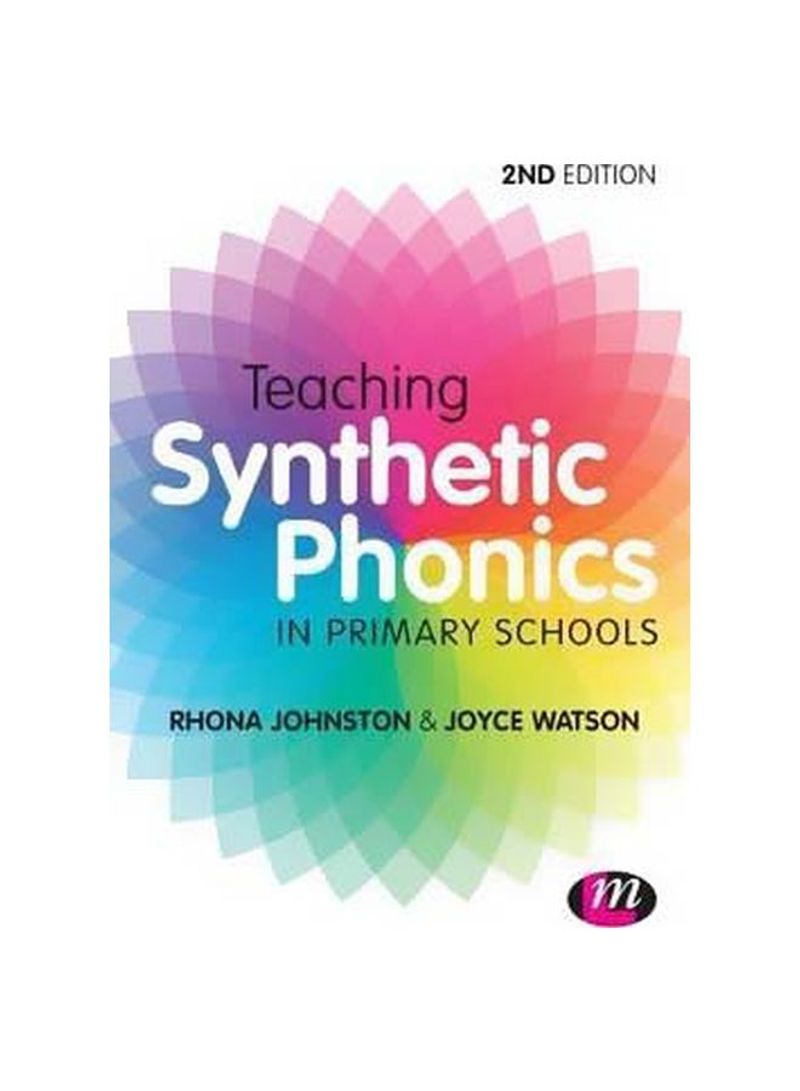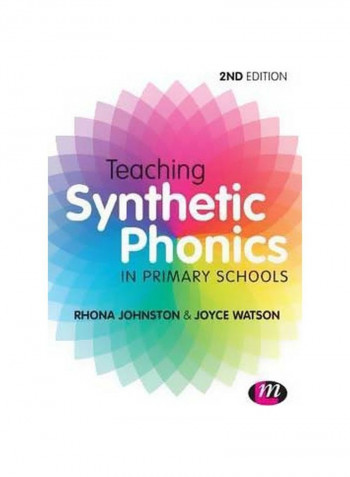Teaching Synthetic Phonics : In Primary Schools Paperback
Recommend
Sort by
Rating
Date
Specifications
Author 1
Rhona Johnston
Book Description
The synthetic phonics approach is used in all primary schools in England. If you are a trainee or beginning primary school teacher, you need to demonstrate a confidence in the teaching of phonics to meet the Teachers' Standards and gain QTS. This is a practical, up-to-date guide to teaching children to read using synthetic phonics. It helps you to understand the theory behind phonics and how children's learning of reading can develop. It gives you practical teaching strategies and outlines how you can assess and diagnose reading problems. This second edition has been updated to include new chapters on the new Phonics Check in year 1 and overviews of popular phonics schemes used in England and Scotland.
ISBN-10
1446298612
ISBN-13
9781446298619
Language
English
Publisher
Sage Publications Ltd
Publication Date
19/Dec/14
Number of Pages
192
About the Author
Rhona Johnston trained as a primary school teacher and worked as a learning support teacher for a number of years. She was then a lecturer in psychology at the University of St Andrews, a Reader at the University of Birmingham, and since 2001 has been a Professor of Psychology at the University of Hull. With Joyce Watson she devised a synthetic phonics programme which they showed in their study in Clackmannanshire was very much more effective than other types of phonics teaching. Joyce Watson was an early years teacher for a number of years, and then a lecturer at the Northern College of Education, Dundee, for over 20 years. She is now a research fellow at the University of St Andrews. With Rhona Johnston she devised a synthetic phonics programme which they showed in their study in Clackmannanshire was very much more effective than other types of phonics teaching.
Author 2
Joyce Watson
Editorial Review
This comprehensive and up-to-date guide helps in understanding the theory behind phonics - without that knowledge, teaching loses its meaning. It shows how children's learning of reading develops and helps in understanding the process, whether it is going smoothly or if problems are encountered. The systematic coverage means teachers can ensure every aspect is covered fully before moving on; there is a plethora of information here to inform and thus improve teaching. -- Parents in Touch



